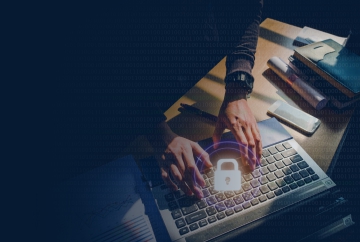Consequences of Cyber Security Non-compliance
Cyber security non-compliance can hurt a business in more than one way. Here are the top two:
Cost of non-compliance
Cyber security regulations can cause fines for operating non-compliant digital systems. €746mn worth of fines levied against Amazon due to non-compliance with GDPR data processing laws is one such example.
Erosion of consumer trust
B2C businesses risk losing consumers' trust for delivering non-compliant digital services, whereas B2B enterprises attract negative publicity in their operations, thereby hurting future business prospects.
In addition, the lack of adequate cyber security compliance capabilities keeps existing teams overburdened with the task of keeping manual oversight of digital systems. Without the proper framework in place, these teams become a source of friction and delays in the otherwise efficient functioning of business operations.
Challenges in Ensuring Cyber Security Compliance
So, why aren’t more businesses operating with their digital systems in a fully compliant state? Here are a few challenges that enterprises encounter in ensuring cyber security compliance today:
- Security not built-in: Cyber security is often an afterthought rather than an upfront design principle.
- Legacy audit processes: Traditional audit processes assess enterprise technology configurations at points in time, which are inadequate for revealing the complete picture when it comes to compliance of digital systems over time.
- Lack of capacity: Due to tighter labor markets and a shortage of cyber security talent, cyber regulatory compliance teams remain understaffed, which means they are over-burdened.
- Lack of visibility: Today, the digital footprint of the enterprise is dynamic, complex, and distributed, owing to hybrid multi-cloud environments, serverless services, and containerization, to name a few.
- Evolving cyber regulations: In some industries, cyber regulation laws rapidly evolve as regulators catch up with digital mass acceleration leading to missed developments.
Fortunately, leveraging automation in cyber security compliance can quickly mitigate these challenges.





